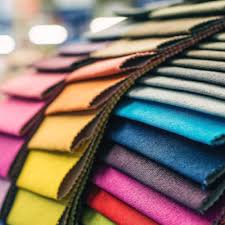Stamp: Ancient Tapa Cloths : Maps of Wallis and Futuna (Wallis and Futuna 2022)
Ancient Tapa Cloths : Maps of Wallis and Futuna (Wallis and Futuna 2022)
03 November (Wallis and Futuna ) within release Ancient Tapa Cloths : Maps of Wallis and Futuna (2022) goes into circulation Stamp Ancient Tapa Cloths : Maps of Wallis and Futuna face value 10*500 CFP franc
| Stamp Ancient Tapa Cloths : Maps of Wallis and Futuna in catalogues | |
|---|---|
| Colnect codes: | Col: WF 2022.11.03c |
Stamp is square format.
Also in the issue Ancient Tapa Cloths : Maps of Wallis and Futuna (2022):
- Stamp - Ancient Tapa Cloths : Map of Futuna Island face value 500;
- Stamp - Ancient Tapa Cloths : Map of Wallis Island face value 500;
- Se-tenant - Ancient Tapa Cloths : Maps of Wallis and Futuna face value 2*500;
- Stamp - Ancient Tapa Cloths : Maps of Wallis and Futuna face value 10*500;
Stamp Ancient Tapa Cloths : Maps of Wallis and Futuna it reflects the thematic directions:
A map is a symbolic depiction emphasizing relationships between elements of some space, such as objects, regions, or themes. Many maps are static, fixed to paper or some other durable medium, while others are dynamic or interactive. Although most commonly used to depict geography, maps may represent any space, real or imagined, without regard to context or scale, such as in brain mapping, DNA mapping, or computer network topology mapping. The space being mapped may be two dimensional, such as the surface of the earth, three dimensional, such as the interior of the earth, or even more abstract spaces of any dimension, such as arise in modeling phenomena having many independent variables. Although the earliest maps known are of the heavens, geographic maps of territory have a very long tradition and exist from ancient times. The word "map" comes from the medieval Latin Mappa mundi, wherein mappa meant napkin or cloth and mundi the world. Thus, "map" became the shortened term referring to a two-dimensional representation of the surface of the world.
Textile is an umbrella term that includes various fiber-based materials, including fibers, yarns, filaments, threads, and different types of fabric. At first, the word "textiles" only referred to woven fabrics.However, weaving is not the only manufacturing method, and many other methods were later developed to form textile structures based on their intended use. Knitting and non-woven are other popular types of fabric manufacturing. In the contemporary world, textiles satisfy the material needs for versatile applications, from simple daily clothing to bulletproof jackets, spacesuits, and doctor's gowns

